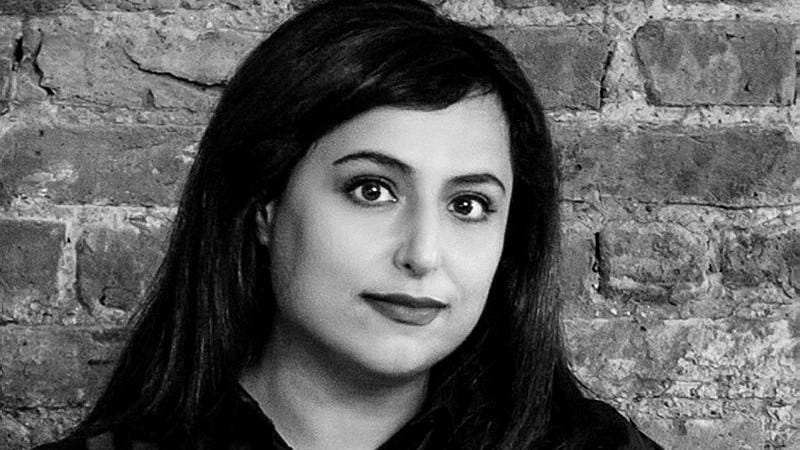The Shifting Sands of Power: ArtReview’s Power 100 Reflects a Changing World
ArtReview’s annual Power 100 list, a barometer of influence within the global art world, has consistently revealed a shift in power dynamics over recent years. The once-dominant reign of white, middle-aged men in positions of authority has gradually given way to a more diverse landscape, with women, artists of color, and representatives from non-Western regions gaining prominence. The 2024 edition of the list reinforces this trend, highlighting the increasing influence of figures from the Middle East and Asia, alongside a continued emphasis on artists engaged in social activism and challenging traditional narratives.
Sheika Hoor Al Qasimi, director of the Sharjah Biennial, the largest art event in the Arab world, claims the top spot in the 2024 ranking. Her leadership has been instrumental in shifting the focus away from a Western-centric perspective within the art world. Her expertise extends beyond the Sharjah Biennial, with curatorial roles at the Lahore Biennial in 2020 and upcoming positions as artistic director for the Aichi Triennale in Japan and the Sydney Biennale, further solidifying her global influence. Al Qasimi’s rise signifies not only a personal achievement but also a broader recognition of the growing importance of the Middle East and Asia within the contemporary art scene.
The 2024 Power 100 also underscores the increasing recognition of artists as key players within the art ecosystem. Several artists secured top ten positions, including Rirkrit Tiravanija, Steve McQueen, Nan Goldin, Kerry James Marshall, and John Akomfrah. This prominence of artists reflects a shift away from the traditional power structures dominated by curators, gallerists, and museum directors. Furthermore, the list highlights artists known for their activism and commitment to social change, such as Ibrahim Mahama and Theaster Gates, indicating a growing appreciation for art that engages with contemporary social and political issues.
The inclusion of Nicole Eisenman, known for her queer perspectives, and several Palestinian artists, including Emily Jacir, further diversifies the list. This increased representation underscores a growing awareness of the need for inclusivity and the importance of amplifying marginalized voices. The rise of Forensic Architecture, a multidisciplinary collective led by Eyal Weizman, to the fifth position also highlights the growing influence of organizations utilizing artistic and investigative practices to address human rights violations and war crimes.
Koyo Kouoh, director of the Zeitz MOCAA in Cape Town and the recently appointed artistic director of the 2026 Venice Biennale, climbed several spots to number 16. Kouoh’s ascent exemplifies the growing recognition of African curatorial voices and perspectives. However, the ranking also prompted discussion regarding omissions and placements. The relatively low ranking of Archie Moore, winner of the Golden Lion at the 2024 Venice Biennale, sparked debate, raising questions about the criteria and methodologies employed in compiling the list.
The ArtReview Power 100 serves as a valuable snapshot of the evolving power dynamics within the global art world. The 2024 list reflects a continued shift away from traditional power structures towards a more diverse and inclusive landscape. The rise of figures like Sheika Hoor Al Qasimi and Koyo Kouoh signals the growing influence of non-Western perspectives, while the prominence of artists engaged in social activism reflects a growing appreciation for art that tackles contemporary issues. While the list inevitably generates debate and discussion, it serves as a crucial tool for understanding the evolving forces shaping the art world and the individuals and institutions wielding influence.














